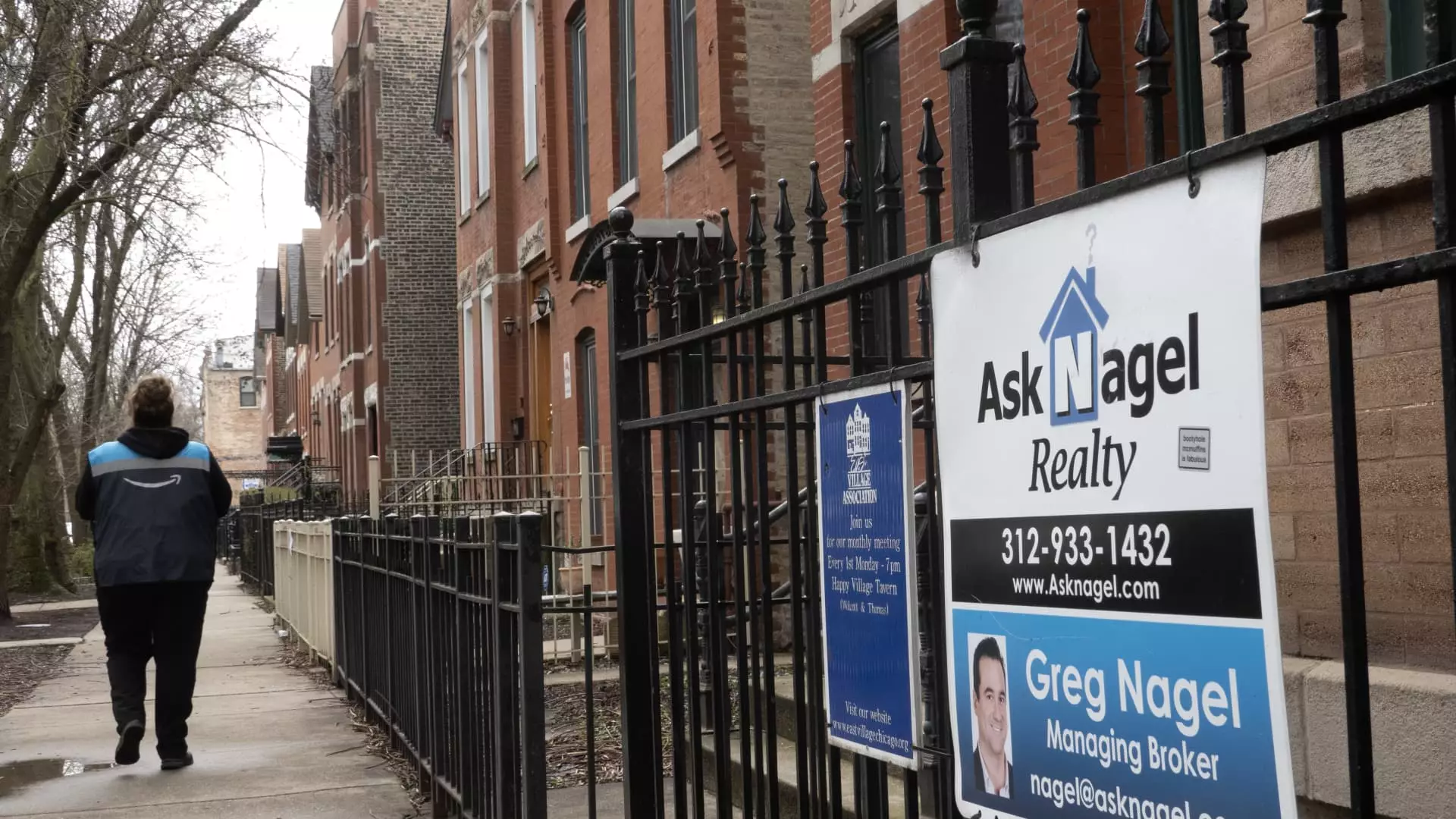The sales of previously owned homes in the United States dropped by 5.4% in June compared to the previous month, totaling 3.89 million units on a seasonally adjusted, annualized basis according to the National Association of Realtors. This decrease also represents a 5.4% decline compared to June of the previous year. The slow pace of sales in June marks the lowest level since December. The slowdown is attributed to contracts signed primarily in April and May when the average rate on a 30-year fixed mortgage surged above 7%. Although rates have slightly decreased since then, hovering in the high 6% range, the impact on home sales has been significant.
Chief economist for the Realtors, Lawrence Yun, stated, “We’re seeing a slow shift from a seller’s market to a buyer’s market.” Homes are spending more time on the market, and sellers are receiving fewer offers. Additionally, more buyers are now demanding home inspections and appraisals. The national inventory is on the rise, with a 23.4% increase from a year ago, totaling 1.32 million units by the end of June. Despite the increase, this only translates to a 4.1-month supply, indicating a market largely in favor of sellers. A balanced market typically has a six-month supply.
The rising inventory levels have also contributed to an increase in the average days a home sits on the market, from 18 days to 22 days compared to a year ago. However, the growing supply is not alleviating pricing pressures. The median price of an existing home sold in June reached $426,900, reflecting a 4.1% annual increase and marking an all-time high for the second consecutive month. This surge in prices is largely driven by stronger performance in the higher end of the market, with sales of homes priced over $1 million experiencing gains, while the lower price range, particularly homes under $250,000, witnessed a drop in sales.
The housing market also saw shifts in buyer behavior, with higher-end buyers opting for more cash transactions. Cash sales accounted for 28% of total sales, up from 26% the previous year. In contrast, investors reduced their presence in the market, representing 16% of sales compared to 18% a year ago. As the supply of homes continues to increase, there are expectations for a potential rise in home sales. However, if prices do not follow suit, there may be downward pressure on prices in the future. According to Yun, “Assuming more inventory continues to increase, two things would happen. Either home sales rise, or, if the prices do not rise, the prices would buckle down.”
The U.S. housing market is experiencing a significant shift, transitioning from a seller’s market to a buyer’s market. The increase in inventory levels, rising prices, and changing buyer behavior indicate a market that is in flux. As the market continues to evolve, stakeholders will need to closely monitor these trends to make informed decisions in the dynamic real estate landscape.

